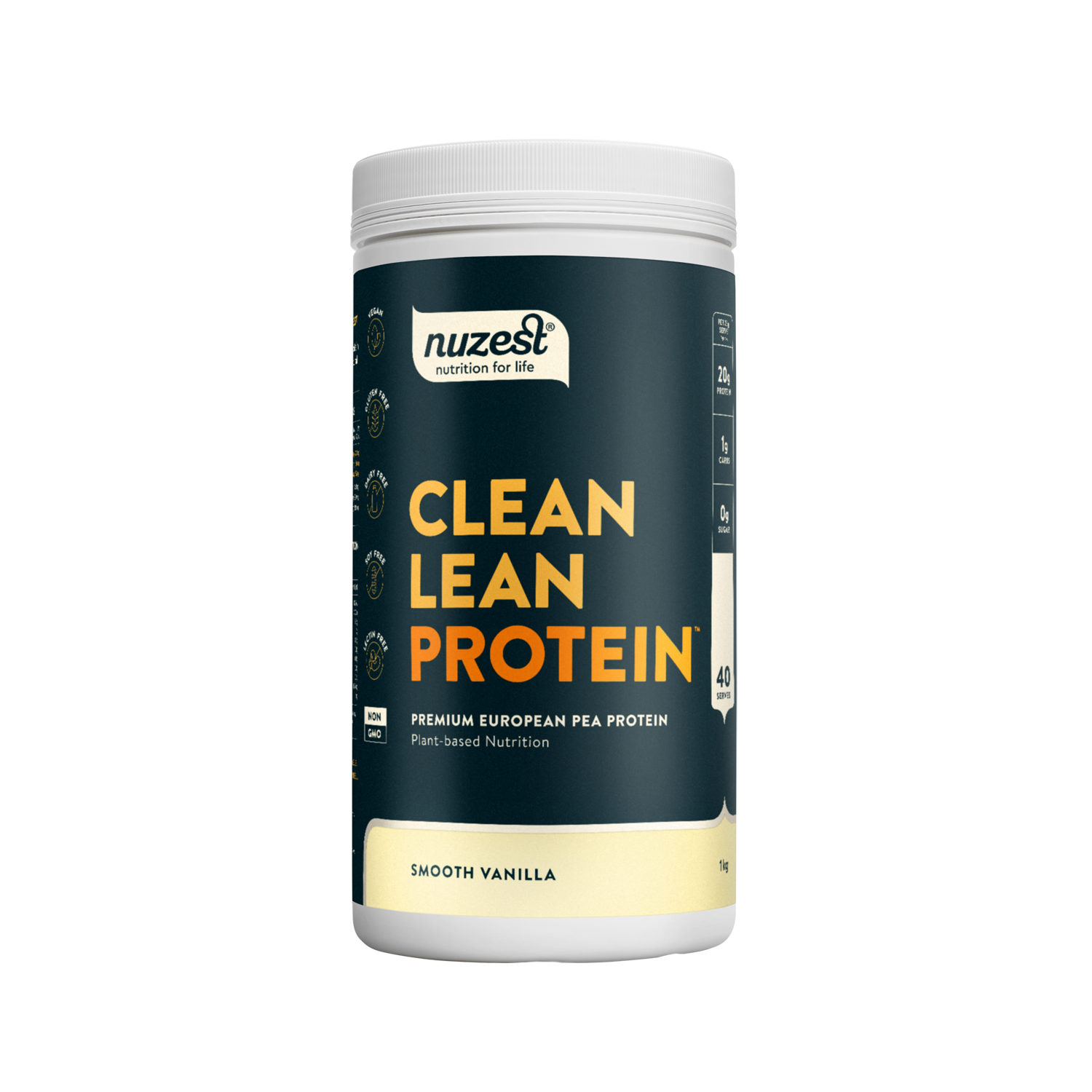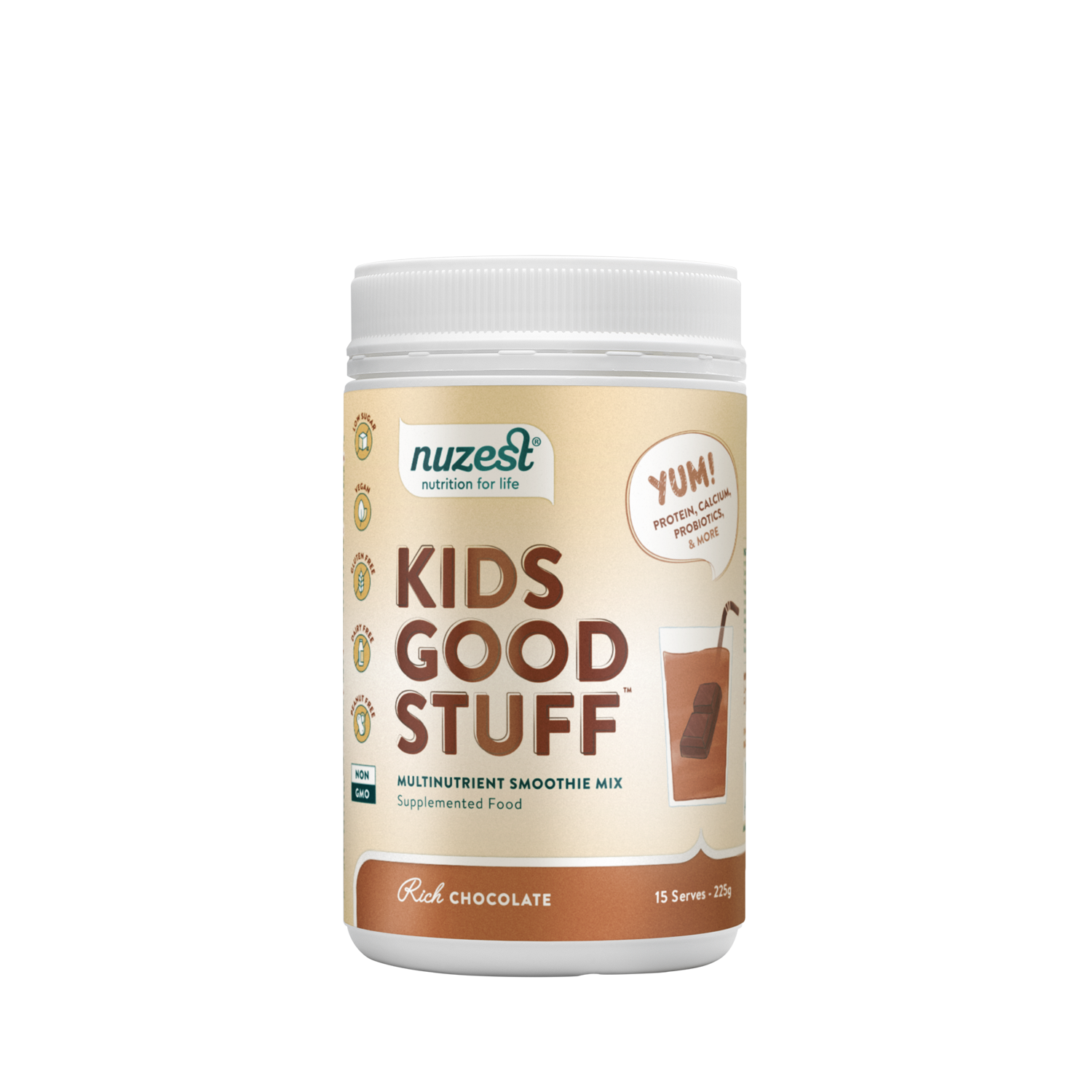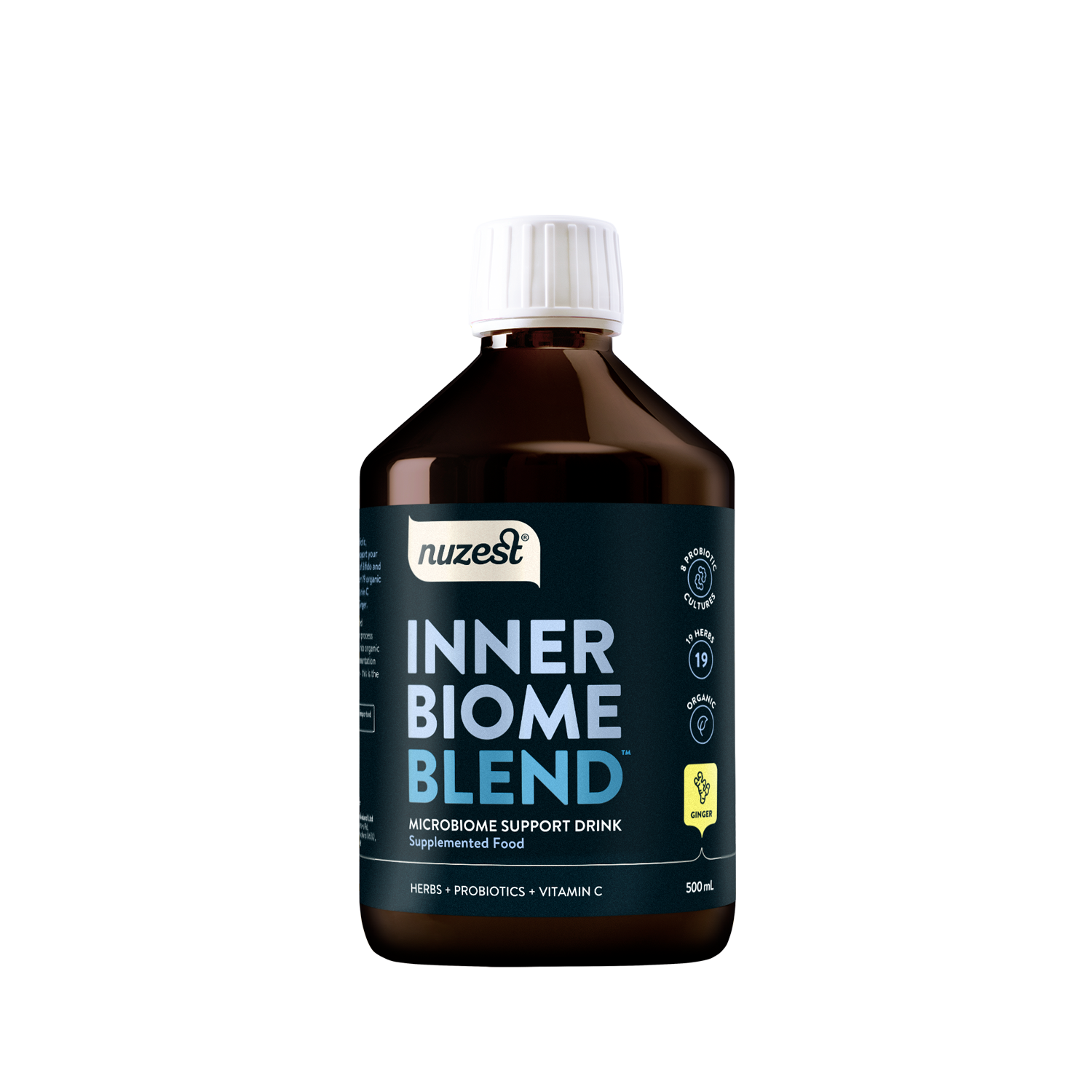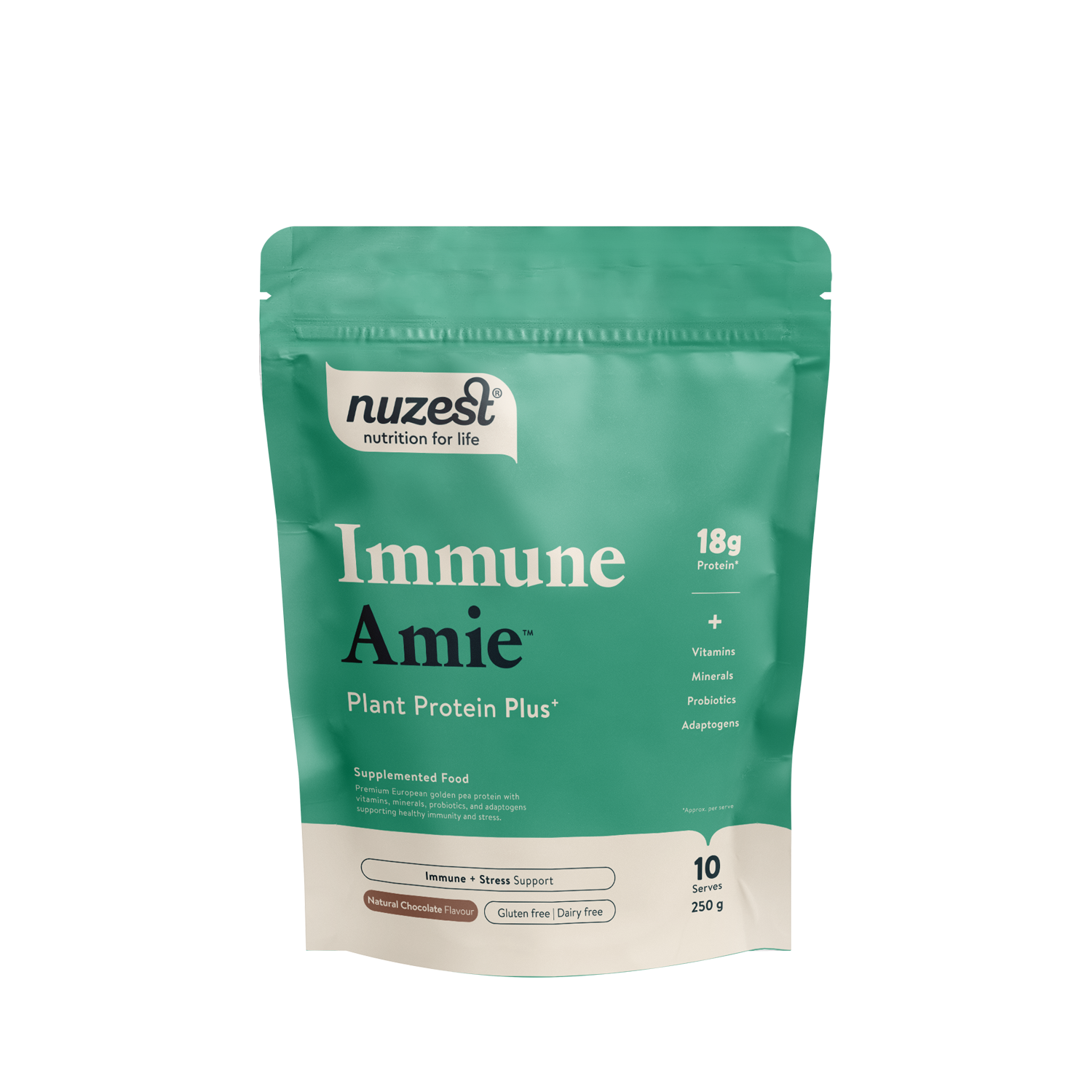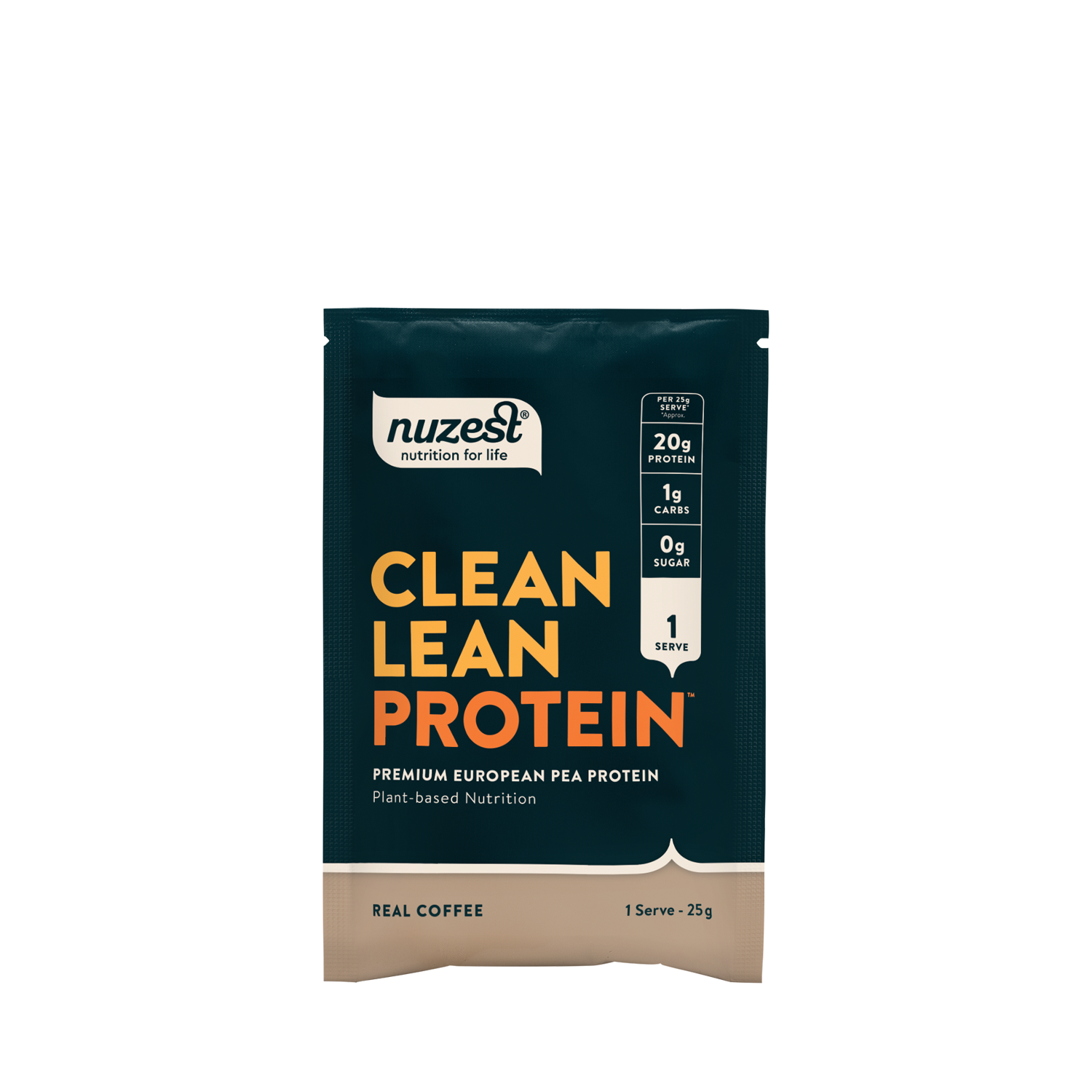Oat grass
Arrhenatherum
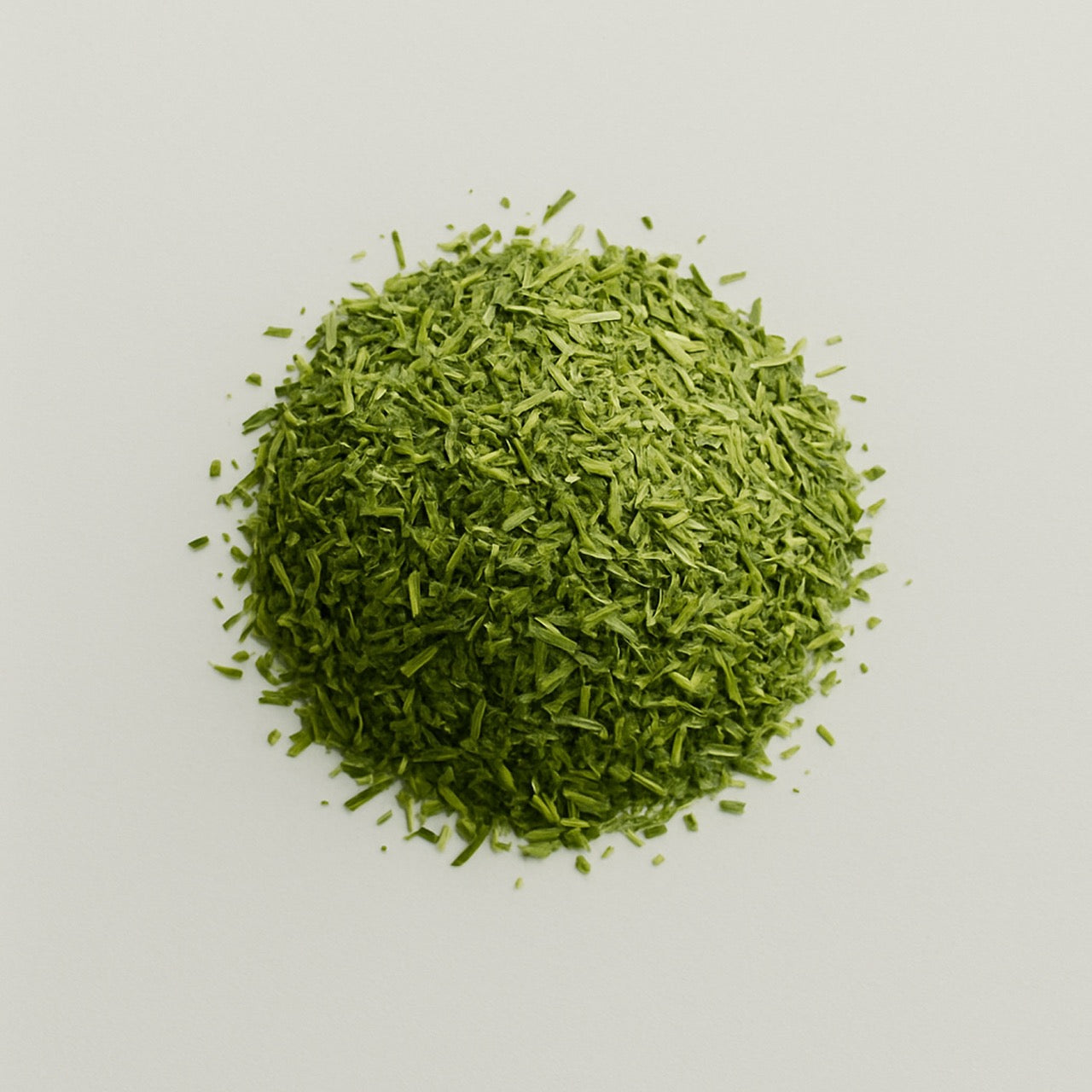
Oat grass is the young green shoots of the oat plant (Avena sativa), harvested before the grain develops. It is often included in green food powders and juice blends.
Products:
The Anti-Inflammatory Properties of Oat Grass
Oat grass is known to contain naturally occurring compounds—such as antioxidants, flavonoids, and other phytochemicals—that exhibit anti-inflammatory activity. These constituents may help modulate inflammatory pathways in the body. Regular intake of oat grass may support the management of inflammation-related conditions; however, further clinical research is needed to confirm these effects.¹ ²
Oat Grass and Digestion
Due to its high fibre content, oat grass may support digestive function by promoting regular bowel movements and contributing to overall gut health. Dietary fibre plays a key role in maintaining healthy digestive processes and supporting microbial balance in the gastrointestinal tract.³
Can Oat Grass Support Brain Health?
Oat grass contains antioxidants and B vitamins, which are nutrients involved in supporting normal brain function. These compounds may contribute to mental clarity, concentration, and memory. As part of a balanced diet, oat grass may offer supportive benefits for cognitive health.⁴ ⁵
Is Oat Grass the Same as Wheatgrass?
Although oat grass and wheatgrass are both young cereal grasses and share certain nutritional properties, they originate from different plant species. Oat grass is derived from Avena sativa, while wheatgrass comes from Triticum aestivum. Despite their similar appearance, oat grass typically has a milder flavour and a distinct nutrient profile when compared to wheatgrass.⁶

